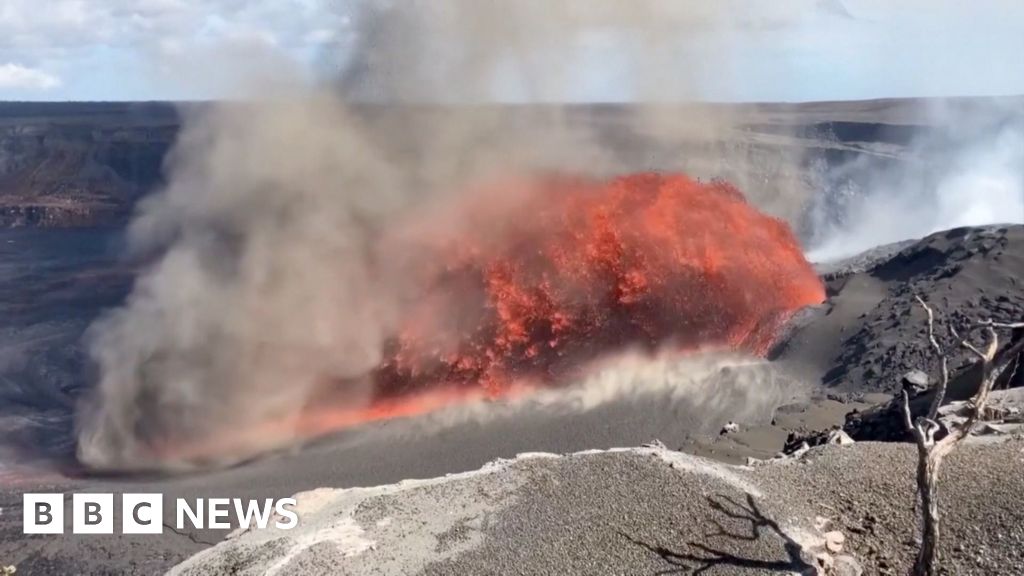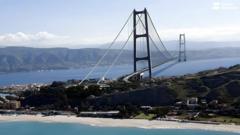On June 2, 2025, tourists on the Italian island of Sicily found themselves in a precarious situation as Mount Etna, one of Europe's most active volcanoes, erupted, sending clouds of gas, ash, and rock high into the sky. Fortunately, there have been no reports of injuries or fatalities. However, social media platforms showcased footage of hikers hastily descending the mountain as volcanic plumes erupted overhead.
According to FlightAware, over 20 percent of flights at the nearby Catania Airport experienced delays due to the incident. Local authorities assured residents that there was no threat to the surrounding population. The National Institute of Geophysics and Volcanology reported that the volcanic explosions were primarily limited to the summit area, which had already been closed to tourists, and were characterized as being of “strong intensity.” The institute later confirmed via their Facebook page that the volcanic activity for the day had concluded.
Visitors from locations such as the nearby town of Milo safely observed the eruption from a distance. Mount Etna, a highly frequented destination, attracts millions of tourists each year, with over a million specifically venturing to its towering peaks. Yet, managing the influx of visitors who may underestimate the inherent risks associated with the volcano has been a persistent challenge for local authorities.
Recently, Hannah and Charlie Camper, a couple from England vacationing about 10 miles from the central crater, described their alarm when they saw the volcanic plumes billowing near the summit. Despite their awareness of Mount Etna's ongoing activity, the couple felt “it’s active all the time,” and believed they were safe. After witnessing the smoke worsen and even seeing lava flow down the volcano, they found themselves searching the internet for safety alerts, growing increasingly anxious as they received no emergency notifications on their phones.
Sicily continues to gain popularity among travelers, despite challenges like extreme heat, wildfires, and water shortages, marking its place in the spotlight, especially following its feature in the acclaimed series “The White Lotus.”




















